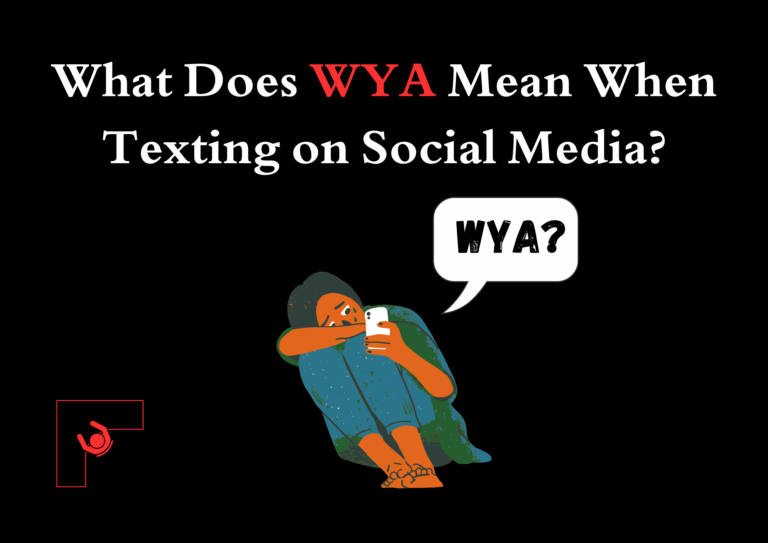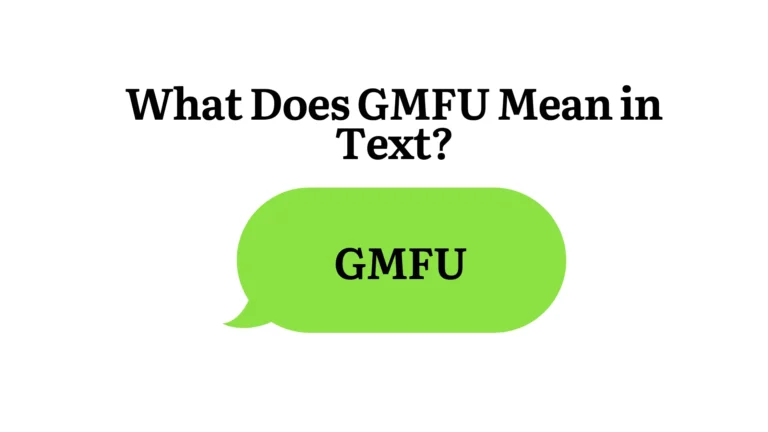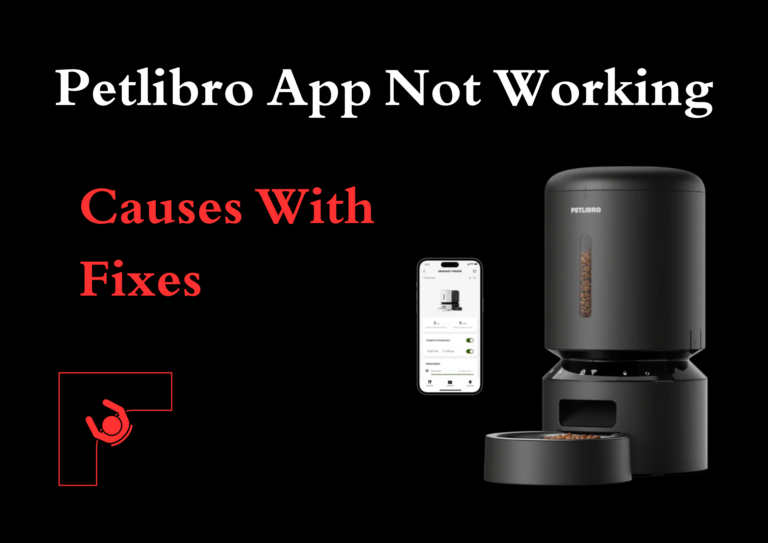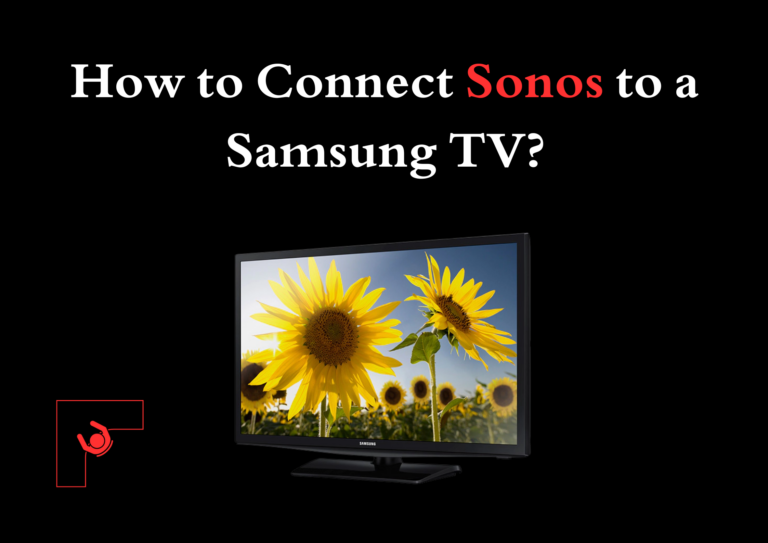What Does ML Mean In Texts? Formal & Informal Usage
In the vast landscape of digital messaging, certain expressions have become universal markers of connection and emotion. Among these, “ML” is a distinctive acronym woven into the fabric of modern communication.
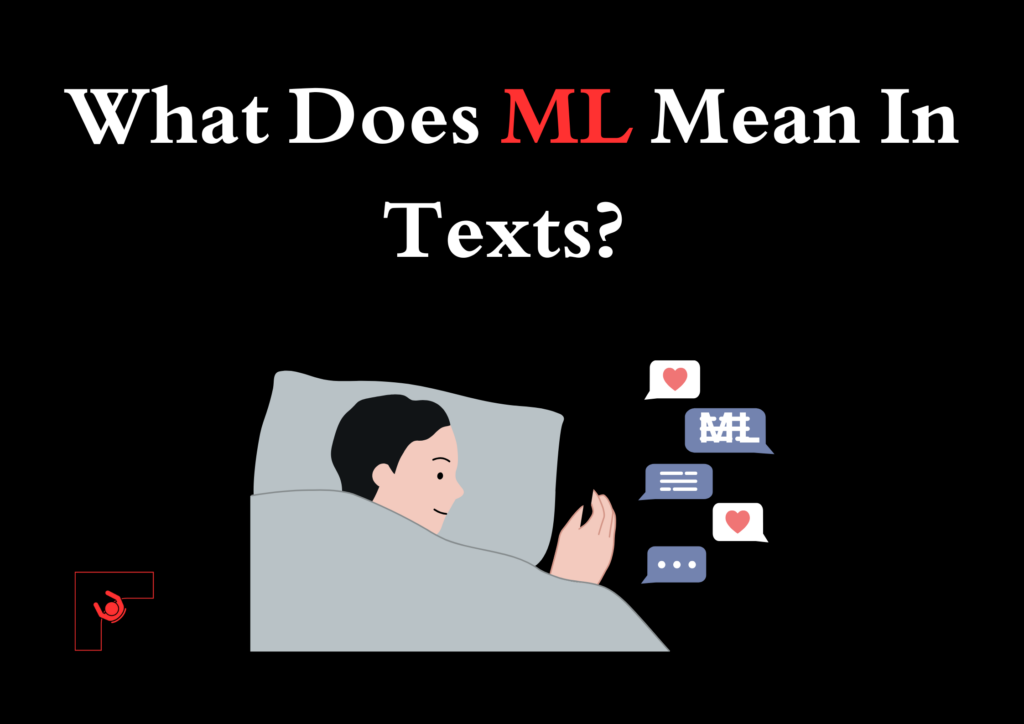
From casual text messages to social media interactions, this simple two-letter combination carries significant weight in how people express their feelings in the digital age. As we navigate through increasingly digital relationships, let’s understand what does ML mean in texts.
What Does ML Mean?
In the context of digital messaging and online communication, “ML” is shorthand for “Much Love” or “My Love.” This expression has evolved into a warm, versatile way to convey affection, appreciation, or deep regard for others.
Whether concluding a heartfelt message or adding warmth to a casual conversation, these two letters pack significant emotional meaning.
The Evolution of Digital Expression
The journey of “ML” from simple abbreviation to meaningful expression mirrors broader changes in how we communicate. Born from the constraints of early text messaging, where character counts mattered, it has retained its significance even as technology has removed such limitations. This staying power speaks to its effectiveness in bridging emotional gaps in digital spaces.
Cultural Integration
Different communities and age groups have adopted “ML” in unique ways. While some use it casually as a friendly sign-off, others reserve it for moments of genuine emotional connection.
This flexibility has contributed to its endurance across various digital platforms and social contexts.
Context and Usage
Casual Communication
In friendly exchanges, “ML” often appears at the end of messages:
“Thanks for helping me move today. ML!”
“Had such a great time at lunch ML to you and the family!”
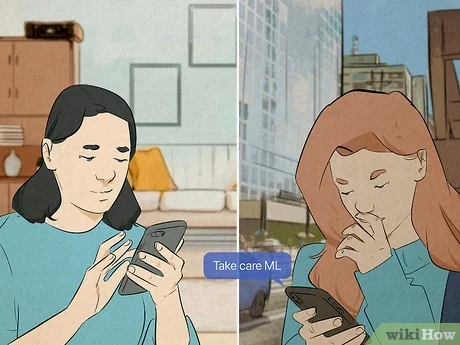
Romantic Context
Between partners, “ML” carries deeper emotional weight:
“Can’t wait to see you tomorrow ML”
“Missing you already. Stay safe, ML”
Family Dynamics
Family members frequently use “ML” to express care:
“Good luck on your test, sweetie. ML”
“Call when you land. ML, Mom”
Similar Expressions
Connected expressions in digital communication include:
Love-Related Acronyms
- ILY (I Love You)
- LYSM (Love You So Much)
- LY (Love You)
- ILYSM (I Love You So Much)
Affectionate Abbreviations
- XO (Hugs and Kisses)
- XOXO (Hugs and Kisses repeated)
- LUV (Love)
- BL (Big Love)
Formal vs Informal Usage
Informal Settings
- Personal text messages
- Social media comments
- Private messaging platforms
- Family group chats
- Casual emails between friends
Inappropriate for Formal Use
- Professional emails
- Business communications
- Academic correspondence
- Official documents
- Customer service interactions

Cultural Impact
The widespread adoption of “ML” reflects broader changes in how people express emotions digitally. This abbreviation bridges the gap between formal expressions of love and casual affection, offering a comfortable middle ground for many users.
Generational Differences
Different age groups tend to use “ML” differently:
- Younger users might combine it with other acronyms
- Older generations often use it more sparingly
- Middle-aged users typically employ it in family contexts
Digital Etiquette
- Appropriate Times
- Ending conversations with close friends
- Expressing gratitude
- Showing support during difficult times
- Maintaining long-distance relationships
When to Avoid
- First-time interactions
- Professional settings
- Uncertain relationships
- Formal requests
Modern Context
Today’s digital landscape offers countless ways to express emotion, from emojis to elaborate GIFs. Yet “ML” is a straightforward, meaningful option for conveying genuine feelings. Its simplicity and versatility continue to make it relevant across generations and platforms.
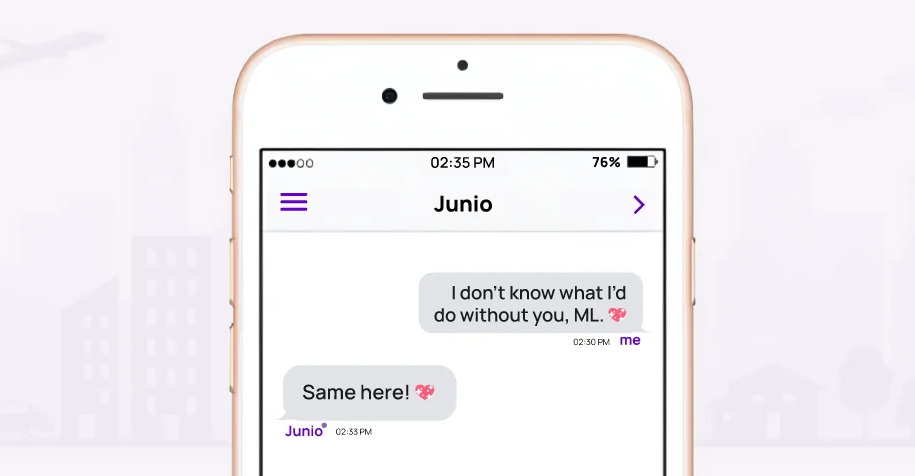
Modern Trends
The use of “ML” continues to evolve with new communication platforms and changing social norms. Understanding its appropriate use helps maintain meaningful digital connections while respecting boundaries and context.
Frequently Asked Questions
How does “ML” differ from other expressions of love in digital communication?
“ML” occupies a unique space between casual friendliness and deep affection. Unlike “ILY” which explicitly states love, “ML” offers a softer, more versatile expression of care.
It can convey strong feelings without the full weight of “I love you,” making it suitable for various relationships and situations. The term provides emotional warmth while maintaining comfortable boundaries in digital interactions.
When did “ML” become widely used in digital communication?
The acronym gained significant traction during the early 2000s with the rise of SMS messaging. Character limits and messaging costs encouraged creative abbreviations, and “ML” emerged as a popular choice for expressing affection efficiently.
Its usage expanded through early social media platforms and instant messaging services, eventually becoming a staple in digital communication across multiple platforms and generations.
How do different cultures interpret and use “ML” in digital conversations?
Cultural interpretations of “ML” vary significantly. In English-speaking Western countries, it’s generally casual and friendly. Some cultures might view it as too forward or intimate, while others incorporate it into their own digital language alongside local expressions of affection.
The global spread of internet culture has led to interesting hybrid uses where “ML” mixes with local slang and expressions.
What role does context play in the meaning and impact of “ML”?
Context heavily influences how “ML” is interpreted. It might be a casual sign-off expressing warmth and appreciation between close friends. In romantic relationships, it can carry deeper emotional significance.

Family members might use it to maintain connections across distances. The surrounding message content, relationship type, and communication history affect how the recipient understands and responds to “ML.”
How has the meaning of “ML” evolved with changing communication platforms?
As digital platforms evolved from simple text messaging to rich media environments, “ML” adapted accordingly. While it began as a space-saving abbreviation, it now appears alongside emojis, GIFs, and other expressive elements.
Modern platforms allow for more nuanced expression, yet “ML” retains its appeal as a quick, meaningful way to convey affection. Its persistence across platform changes demonstrates its value in digital emotional expression.
Closing Thoughts
The language of digital communication continues to evolve, but certain expressions maintain their significance through changing times. Understanding these digital markers of emotion helps us navigate relationships more effectively in an increasingly connected world.
Whether used between friends, family members, or romantic partners, “ML” represents the perfect balance between casual and meaningful expression in our digital age.


